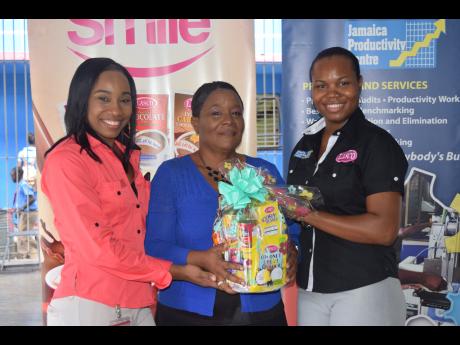In-School Productivity Campaign | Where will you be in 10 years?
If you are lost at sea in bad weather and you have a compass and know how to use it, it will help yo to navigate your way to land. A vision board is similar to a compass. It has proven to be an important tool utilised by many adults to direct their goals and missions in both their personal and professional lives. The idea is that when you identify and illustrate what you want to achieve and where you want to be, a vision board will help in keeping you focused on getting there. The concept of a vision board is quite similar to asking students the age-old question of 'Where do you see yourself in 10 years?' The intention is to stimulate a conscious thought process that will cause them to be deliberate in their decisions and actions towards getting where they want to be.
Knowing your end point is just one step of the process, but it is not sufficient. Having a guide for getting from your starting point to your end point is the best way to guarantee success.
We visited Kemp's Hill High in Clarendon recently and had the opportunity to speak with the students during their career day function on where they wanted to be in 10 years. Generally, in answering this question, students tend to focus solely on the career path they wish to pursue. However, I took the time to deconstruct the question and establish that life is made up of three main parts: family life, social life, and professional life.
When students were able to freely express all the material things they wished to possess, they demonstrated that their dreams were big and lavish. At this point, I took the time to highlight that the quality of family and social life to which they aspired, would be determined by how successful they were in their professional life. In simple words, the bigger your dreams and ambitions the harder and smarter you will need to work to make the reality.
Students were encouraged to continue dreaming big. In addition, together, we devised a plan that would act as a bridge to take them from where they are currently to where they dream of being.
The students agreed that dreams are necessary, but a plan is what makes them possible.
Four steps to help make your dreams a reality
- First, do some research on your dream career. Find out what requisite qualifications and skills are needed to boost your chances of success within this field.
- Second, create a 10-year vision board.
- Third, use your research to create a list of resources that you will need to accomplish all the things you have on your vision board.
- Finally, create a time table that has three columns: Column A - represent your goals; Column B - place a plausible timeline on the completion of each goal; Column C - list the resources you must have to assist the process.
- Sashelle Gooden is senior communication specialist at the Jamaica Productivity Centre.


